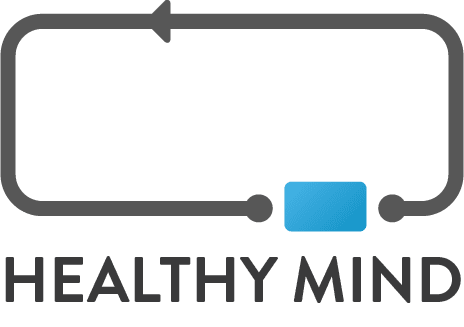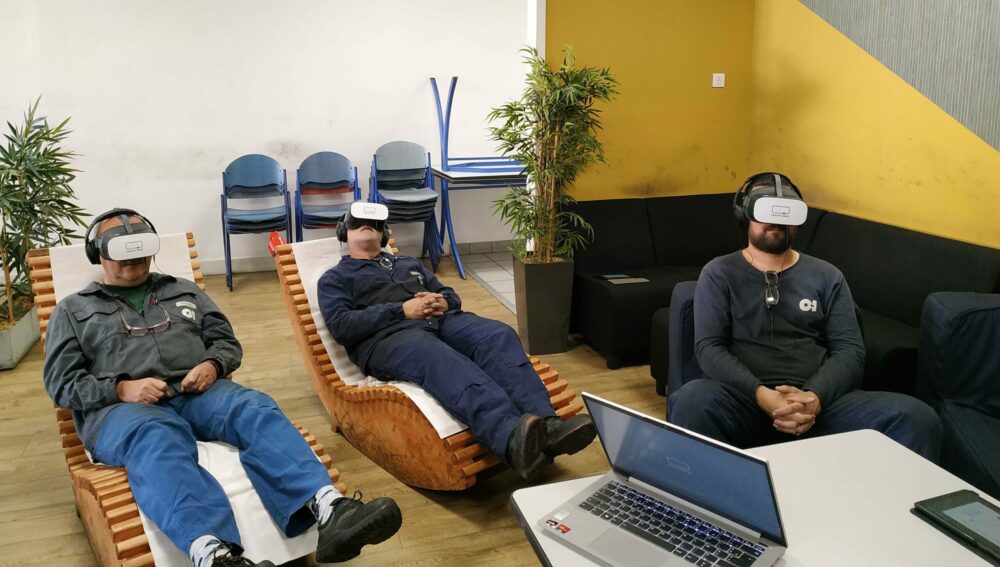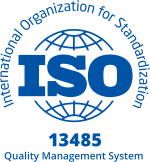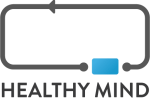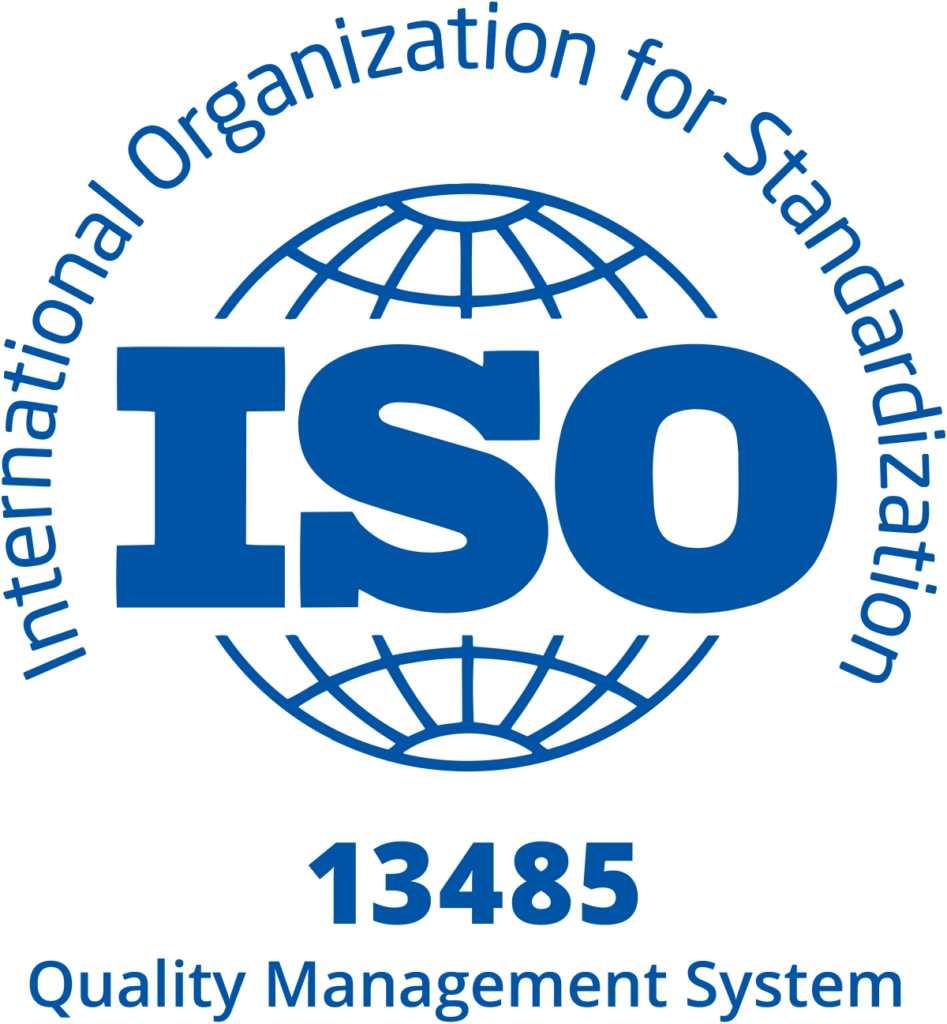Reducing anxiety in the workplace thanks to the relaxing effect of VR headsets
Burn-out is no legend, as it affects nearly 2.5 million employees in France (barometer by the firm Empreinte Humaine between May and October 2021). The World Health Organisation (WHO) includes burn-out in the international classification of diseases, presenting it as a syndrome linked to chronic stress at work. This feeling of anxiety can lead to deep psychological distress which it is important to prevent in order to avoid more severe consequences. So how can we improve well-being at work and reduce stress in the workplace? We propose to discover the stakes of this problem and the reasons that make virtual reality relevant to alleviate this condition in the long term.
How important is stress in the workplace?
In recent decades, changes in the working world have led to the emergence of new risks in the field of occupational health and safety. Alongside physical, chemical and biological, there are now psychosocial risks. What are they? These risks refer to many situations such as bullying, violence, depression, suicide, musculoskeletal disorders or stress. The latter affects about 55% of French employees, which makes it a major occupational risk (Workforce View study by the ADP Research Institute, 2020).
Stress at work leads to notable psychological manifestations such as high demotivation, isolation, loss of self-confidence, the emergence of a feeling of incompetence and an affected mood that oscillates between agitation, irritability and aggressiveness. On the other hand, it can cause physical problems such as headaches, muscle tension, chest pain, insomnia, digestive problems, or changes in heart rate and blood pressure.
According to the European Agency for Safety and Health at Work, stress is the most common health problem in the workplace. It leads to increased absenteeism, rising staff turnover, premature retirement, reduced production and company disputes. In France, the National Institute for Research and Safety (INRS) estimates that the cost of stress is between 830 and 1,656 million euros per year. This hindrance to economic performance is compounded by considerable human distress, for which the company has a major role to play.

What are the stress factors in the workplace?
Anxiety at work is caused by a number of factors and is permeable to all sectors of activity. Exposure to these stress factors, and more generally to psychosocial risks, has disastrous consequences for the well-being and health of employees. The subject, which has become political, has been the subject of a national interprofessional agreement on occupational stress (official bulletin of the Ministry, collective agreement section, 2009/2), which defines stress as an:
“imbalance between a person’s perception of the constraints imposed on him by his environment and his perception of his own resources for coping with them”.
The French National Institute for Research and Safety (INRS) groups these occupational stress factors into six categories (report by the Gollac expert college):
- Work intensity and time: this part contains excessive demands, complexity of tasks or difficulty in reconciling work and private life.
- Lack of autonomy: this segment deals with rigid procedures and the under-utilisation of individual skills.
- Emotional demands: this section refers to tensions with others, as well as the need to hide one’s emotions in the workplace.
- Poor working relationships: this part focuses on conflicts between colleagues or with the hierarchy, but also on the lack of recognition.
- Insecurity of the work situation: this refers to the fear of losing one’s job and the uncertainty about the future of the field.
- Conflicts of values: this category considers the ethical conflicts that exist in the company, when an employee disapproves of an action he or she has to carry out and when he or she does not have sufficient means to carry out his or her work properly.
What is quality of work life?
Quality of life at work (QWL) refers to an approach to improving the framework and the way of working within the company. Thus, the notion of QWL concerns the environment as much as the internal development of employees, gender equality, working conditions, the arduousness of tasks or the balance between personal and professional life.
The national interprofessional agreement defines QWL as:
“the way of grouping under a single heading the actions that make it possible to reconcile both the improvement of working conditions for employees and the overall performance of companies”.
Since the Rebsamen Act, discussions on the subject of quality of life at work have been included in companies’ compulsory annual negotiations (NAO), in the same way as remuneration and career management. As a result, enhancing quality of life at work means taking psychosocial risks such as stress into account and taking preventive action.
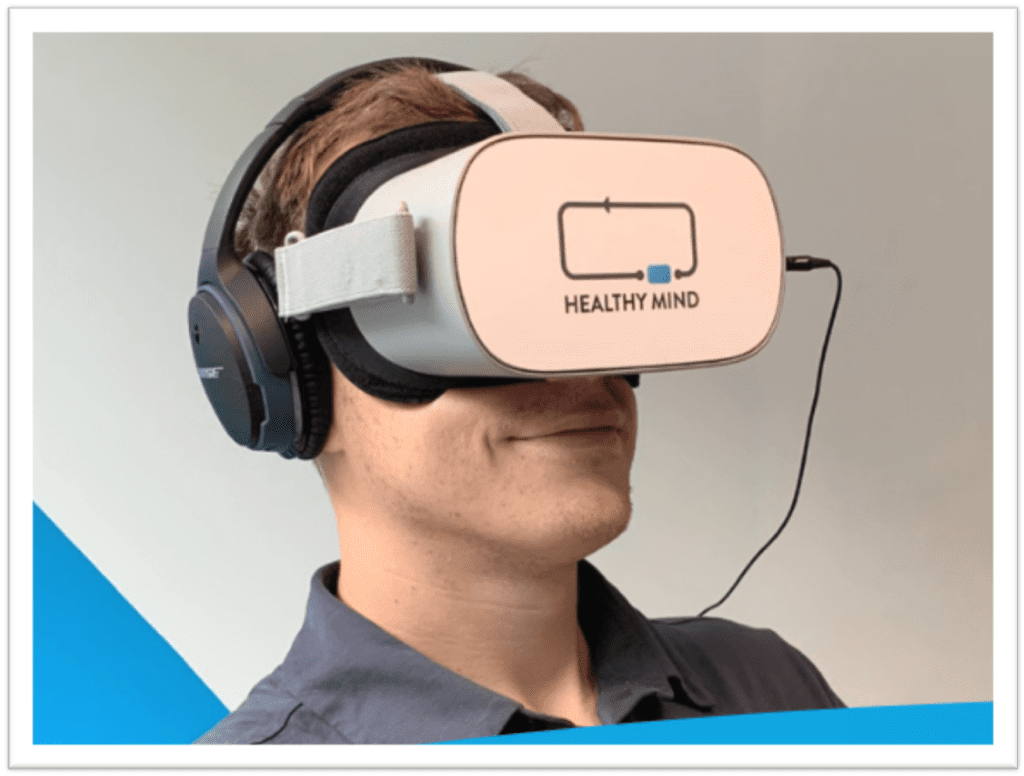
The advantages of virtual reality to improve employees’ well-being at work
1. An immersive and exotic device for an instant disconnection
Therapeutic virtual reality involves immersing the user in a realistic and interactive simulation. For the process to work, the graphic environments must be both visually appealing and convincing. If the sound atmosphere does not match the scene, or if a delay becomes apparent, the magic disappears and the user becomes detached from the experience. On the other hand, if the immersion is successful, then virtual reality offers an exceptional sensory experience. This setting succeeds in taking the user’s attention away from the everyday and into these virtual landscapes.
The environments created by Healthy Mind dall have a therapeutic purpose: each element is designed to bring lasting relief. To achieve this relaxation, the team scripted the relaxing walks with anaesthetists and hypnotherapists so that each detail provides a feeling of relaxation and a moment out of time.
An employee from the occupational health department of the Saint-Gobain Tower in La Défense (the business district of Paris in France), a company that has been using the Healthy Mind device since September 2020, testifies about his feelings after a session:
“a very pleasant and relaxing experience, especially in a professional environment. Allows a break and a breath of fresh air during the day. Soothing.”
2. Proven therapeutic benefits for everyday relaxation
The Healthy Mind device relies on realistic graphic designs, but also on several therapeutic principles to achieve deep relaxation. In addition to natural and exotic environments, the virtual reality headsets combine music therapy-inspired soundscapes, breathing exercises to achieve cardiac coherence and hypnotic speech to ensure better stress management. To prevent headaches and nausea during the immersions, the themes are developed without cyberkinetosis (motion sickness).
To participate in an immersion, Saint-Gobain employees register online for 20-minute slots on Tuesdays, Wednesdays and Thursdays. To see the therapeutic benefits of virtual reality, 37 participants were interviewed and their testimonies demonstrate the effectiveness of this approach with a reduction in fatigue and anxiety along with an increase in concentration, relaxation and motivation.

Translation : Beneficial effects observed on employees
0: this effect wasn’t felt – 7: this effect was extremely felt. Averages out of 37 participants.
Less tired : 4,9 – Better motivation: 4,6 – Less anxious: 5,0 – More focused: 4,8 – More relaxed: 6,0
Study of the effect of the Healthy Mind device on employees of the Saint-Gobain Tower in La Défense, Paris.
3. Fully flexible sessions to fit in with schedules
Working days often have a busy schedule that leaves little time for breaks. In order to adapt to the most demanding conditions, the Healthy Mind system is flexible and offers fully customisable sessions. In this way, participants can modulate their immersion with a duration of 5 to 80 minutes through the Healthy Mind Control tablet application. The connection between the support and the headset does not require an internet network, which makes its use practical and secure. In addition, the themes are available in five languages (French, English, German, Dutch and Arabic).
After his immersion, an employee of Saint-Gobain suggests:
“I recommend making it available to employees, as a self-service, with or without a subscription for regular practice”.

The benefits of virtual reality for business
1. A cost-effective long-term device for improving well-being at work
It’s true that the purchase of a therapeutic virtual reality headset has an initial cost. However, once the equipment is acquired by the company, you benefit from maintenance and updates over 3 years. In addition, the device can be used freely, as often as necessary to calm the teams. This investment is therefore perfectly in line with an approach to improving the quality of life at work, as it provides a lasting feeling of well-being.
What’s more, this technology has been designed to be used autonomously. From the outset, the device is accessible and ergonomic, without time-consuming installation. The equipment is easy to store and does not require a lot of space in the office.
If you are not sure about a long-term commitment, you can rent the equipment with a one-year licence. In this way, you can assess the value of the device to your business and see the returns before making a further commitment.

2. Sustainable stress reduction means better productivity
As we clearly saw at the beginning of this article, stress has a negative influence on the productivity of a company. The more relaxed and serene the team feels in the workplace, the more they will be able to put their skills and energy into their tasks. Indeed, when an employee feels anxious, there is a good chance that they will not be able to interact properly and complete their missions.
A study conducted in the UK in February 2014 by the University of Warwick revealed that a happy employee increases productivity by 12%. Virtual reality has an indirect effect on productivity as it promotes relaxation and motivation. As a result, regular use of the device can improve employee well-being without significant management constraints.
3. A calmer atmosphere creates a fulfilling environment
In the course of a year, we spend around 229 days out of 365 at work. This means that 2/3 of our time is spent in the business world. It is not surprising that the atmosphere in the office affects the other areas of our lives, as we spend a lot of energy there. Everyone’s ambition, apart from professional success, is to flourish in this environment. A study carried out by Microsoft France and Opinion Way in 2020 revealed that 72% of respondents consider that work contributes to their personal happiness.
As a result, no one wants to go to a stressful place, since anxiety has never been synonymous with pleasure or personal development. By taking concrete action to promote relaxation, the company is helping to create a serene workspace that is pleasant to come to for 229 days of the year.

Translation : Did you perceive the experience as positive? 9,1/10.
Would you be interested by a regular pratice? 8,6/10.
Would you recommend this pratice to your coworkers? 9,4/10.
Study of the effect of the Healthy Mind device on employees of the Saint-Gobain Tower in La Défense, Paris.
Emotional balance at work is becoming a major health issue in companies. Managing work-related stress allows employees to flourish, but also to be more productive. The implementation of means to act on the anxiety level of its employees prevents psychosocial risks and creates a calm environment. To this end, the Healthy Mind system offers relaxation bubbles thanks to adjustable immersions. These programmes improve the quality of life at work with quick installation and simple management. We would be delighted to answer your questions or provide a demonstration, don’t hesitate to contact us.
Sources :
- Accord cadre européen sur le stress au travail, 8 octobre 2004 ;
- European Agency for Safety and Health at Work. Expert forecast on emerging psychosocial risks related to occupational safety and health. Luxembourg : Office for Official Publications of the European Communities, 2007 ;
- Fondation européenne pour l’amélioration des conditions de vie et de travail (Dublin). 4e enquête européenne. Luxembourg : Office for Official Publications of the European Communities, 2007 ;
- E. Albert, L. Bellinghausen, J. Collange, M-C. Soula, Mesurer le stress professionnel, Archives des Maladies Professionnelles et de l’Environnement, 2010 ;
- Patrick Légeron, Le stress professionnel, L’information psychiatrique, 2008/9 (volume 84).
